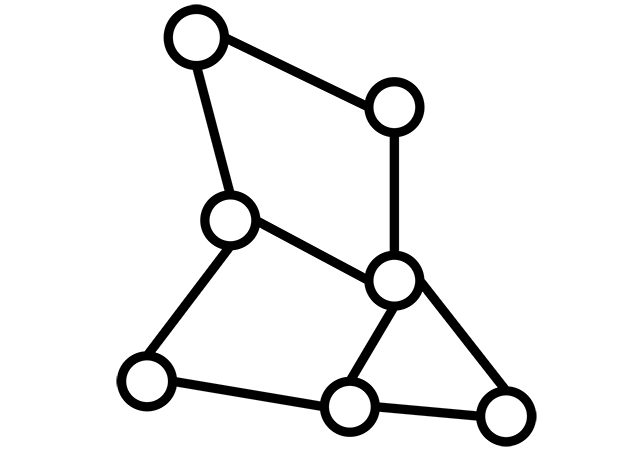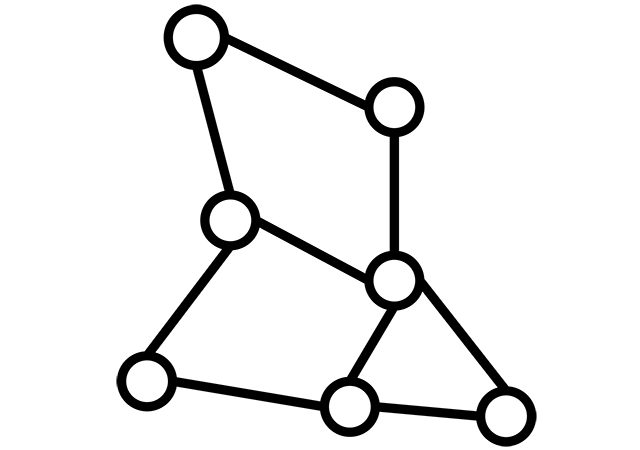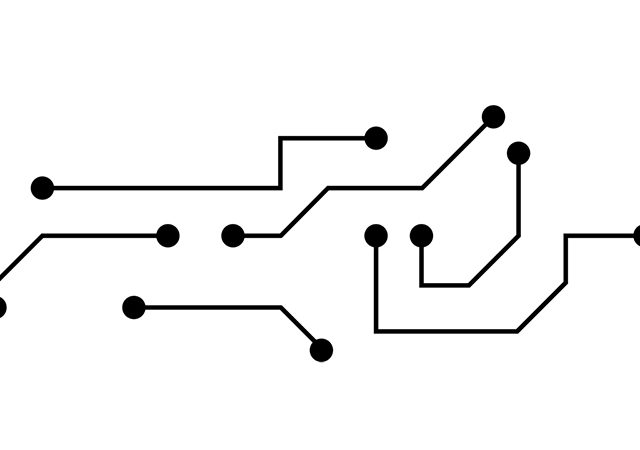To move an electrical charge in a specific direction you need to apply some force. This force is called by an external electromotive force (emf) – it also calls voltage or potential difference. Hence, voltage is required to move a unit of charge through a circuit element. Voltage is measured with Volts (V).
Mathematically voltage is represented by the following formula:
The measurement units for voltage are Volts.
Another important quantity is Power. Power in electric circuits is the rate of transferring energy by electric circuit during a unit of time. The measured unit for Power is Watts or Joles per second. The mathematical formula for power is the following:
Let us take a precise moment of time. Power transferred by an electric circuit is the product of voltage and current through the circuit. Hence we get the following:
The parameter above is instantaeous power – this power is time variable.
When resolving mathematical problems you must pay attention to the current direction and source of voltage polarity. This affects the power sign of the circuit.
From electricity and the field of physics we know the energy conservation law, which states that the algebraic sum of power in any circuit element should be equal to zero.
#4 Electric circuit elements / active elements




